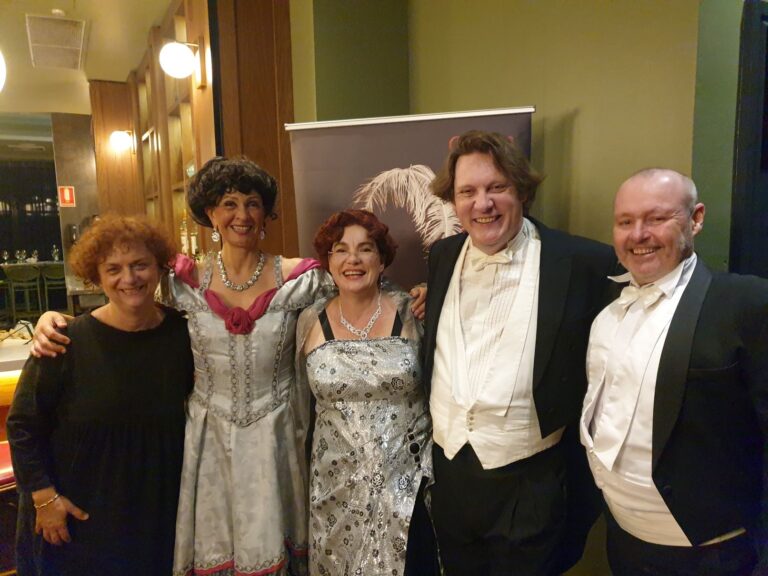
Historic tree replaced in Royal Botanic Gardens
BY MICK ROBERTS
A 125 year-old Cedar of Lebanon tree that died in the Royal Botanic Gardens has been replaced with a young sapling of the same species in a gesture designed to build relationships between Australia and the war-torn country.
Botanic Gardens Trust development manager Paula Found told The City News that the original planting of the Cedar of Lebanon – the only tree of this species in the Gardens – reflects the thematic plan put in place by early directors, particularly Charles Moore (Director, 1848-1896) who was instrumental for much of the landscape development in the lower Gardens.
‘The Cedar of Lebanon is the national emblem of Lebanon,’ Ms Found said.
‘The replacement tree – planted with the assistance of the Consul General of Lebanon (Robert Naoum) – is dedicated by the Lebanon Humanitarian Appeal as a symbol of the growing strength of Australian Lebanese culture,’ she said.
Botanic Gardens Trust senior arborist David Bidwell said the original tree measured around 15 metres tall, 15 metres across, and had a trunk diameter of 1.1 metres. He said the tree died from a combination of Armillaria root rot, drought and old age that it had suffered from for over 10 years. The tree was pronounced dead last year and was removed in January 2008.
Mr Bidwell said the trees normally prefer hot dry summers, cool wet winters, and low humidity and occur naturally in high rainfall mountainous regions.
Ms Found said the Cedar of Lebanon, planted alongside the stump of the original tree, is an important species in the Gardens exotic plant collection.
‘Culturally this tree is a growing symbol of the strength and vibrancy of Australian – Lebanese culture,’ she said.
Australian Arabic Community Welfare Centre president Mustafa Hamed said the tree was brought from Lebanon at a cost of $8,000.
‘We contributed to buy the tree, along with other community leaders and we were there for the officially planting,’ Mr Hamed said.
The timber from the dead tree will be used to make plaques for those who contributed to the cost of bringing the sapling to Australia, he said.









